Higher Performance Insights | WHAT IF YOUR REAL CRISIS ISN'T POLITICAL?
It's Your Pipeline Of Potential.
Politics makes noise. Leadership makes change.
While educational leaders obsess over executive orders targeting accreditation and DEI programs (The White House, 2025), the real emergency hides in plain sight: your leadership bench is thin.
Yes, you have leaders. Everyone does. But are they the right kind?
You need more than a title, degree, and certificate to win in the most challenging days ahead.
The numbers don't lie:
- 20% leadership turnover in higher ed between 2022 and 2024 (Deloitte Insights, 2025)
- 59% struggle with attracting and keeping talent
- Half of your leaders have been in leadership roles for less than three years (Deloitte Insights, 2025)
This isn't just about filling empty lines. It's the greater threat to staying in demand and profitable.
Campus and district leaders are "continually pushed to produce results despite limited resources and complex, competing demands" (Center for Creative Leadership, 2025), and this pressure is crushing your pipeline of potential.
When your leadership bench thins, everything else follows:
- Your capacity erodes as institutional knowledge walks out the door
- Your recruitment suffers as talented professionals seek organizations where "leaders foster trust and maintain genuine connections" (DDI, 2025)
- Your change initiatives join the two-thirds of educational initiatives that fail despite significant investment (Forward Pathway, 2025)
- Your outcomes plummet because "any effort to improve schools depends heavily on the effectiveness of quality leaders" (Learning Policy Institute, 2017)
Meanwhile, 60% of faculty experience anxiety or depression, with half considering leaving the profession entirely (University Business, 2025).
The tragedy is that most institutions still play a short game (managing each day) while facing a long-term crisis.
The solution isn't complicated, but it is rare:
Building your bench in-house is key to sustaining your success. Sadly, there are no “Seals of Excellence” or light pole banners to hang for this level of the work.
Here's the brutal truth:
Sporadic "professional development" is the wide road. It's crowded and comfortable and leads to loads of (what I call) development without delivery.
Systematic leadership multiplication is the narrow way everyone needs but few have discovered.
Even the 52% of campuses investing in upskilling are still missing the point (EDUCAUSE, 2025). They're treating symptoms, not building enduring systems.
What works instead:
- Real competencies with real data - Leadership assessments that reveal actual strengths and gaps, not checkboxes (Korn Ferry, 2025)
- Systems that multiply, not just train - Creating a leadership development pipeline that produces more developer-leaders, not just better managers with fancy mounted certificates (Deloitte Insights, 2024)
- Learning that happens where work happens - Teams collaborating to transform their actual systems, not registering for exclusive pre-conference events. (Harvard GSE, 2025)
- Tools that create more toolmakers – Common tools and methodologies that leaders use to develop other leaders, building sustainable capacity (Training Magazine, 2025)
The best educational organizations don't just develop leaders - they develop leader-developers.
Like climbing sherpas who guide others to the summit, this model creates a cascade effect with measurable results: 37% higher engagement and 21% higher productivity (Bersin, 2023).
The alternative? Keep obsessing over external pressures while your leadership bench diminishes.
On average, organizations run at 60% capacity while 94% of employees would stay longer if you invested in their development (LinkedIn, 2023).
The Question That Matters
- What's the single largest leadership gap in your organization today?
- What would change if you closed it?
- How would your bench improve if YOU were equipped to scale your team development?
Remember:
- The noise from Washington will always be there.
- Leadership teams make your most important decisions.
- A weak or strong bench is the enduring legacy of THE LEADER.
I SEE YOU
If this hits home, know I don't think you can work harder. I feel the weight of the complexities and accountability surrounding our client work each week.
Your mission matters to me.
While complex and heavy, I assure you your success is within reach. We've worked with hundreds of leaders each year, many who started exactly where you are—with the same demands and hope-a-flickering.
We have several strategies to help leaders get unstuck and reclaim momentum. The best first step is to set up a Virtual Coffee to learn more about you, your team, and your challenges.
Take Action Now
Schedule your Virtual Coffee HERE
Without addressing this leadership-culture gap, your institution will continue experiencing the conundrum: talented individuals yielding underperforming teams. Your best people will burn out while carrying disproportionate responsibility, creating a revolving door of talented leaders but ultimately ineffective teams.
By engaging with the LEADERSHIP & CULTURE INSTITUTE, you'll develop leaders who transform organizational culture, creating teams that execute at full capacity rather than the current 60% average. Your strategic initiatives will succeed where 77% fail, as your integrated leadership-culture approach creates sustainable transformation that advances your institution's mission.
Schedule your Virtual Coffee to learn more.
References
Bersin, J. (2023). The definitive guide to leadership development. Bersin Research.
Center for Creative Leadership. (2025). K-12 educational leadership training. CCL.org.
Deloitte Insights. (2025). Higher education trends. Deloitte.
Development Dimensions International. (2024). Leadership bench research. DDI.
EDUCAUSE. (2025). Teaching and learning workforce in higher education. EDUCAUSE.
Forward Pathway. (2025). Navigating chaos in higher education. Forward Pathway.
Harvard Graduate School of Education. (2025). K-12 system leadership. Harvard.
Learning Policy Institute. (2017). School leadership: Investing in leadership for learning. LPI.
LinkedIn. (2023). Workplace learning report: Building the agile future. LinkedIn Learning.
Training Magazine. (2025). Trends in learning, development, and leadership. Training Magazine.
University Business. (2025). Navigating challenges in higher education. University Business.
Help Spread the Word
If you found value in this post, we’d love your help spreading the word! Please consider sharing this on your favorite social media platform and tag Higher Performance Group and Dr. Joe Hill. Your support helps us reach and inspire more awesome people like you!
Like What You've Read?
Get practical, research-based ideas to Accelerate
Higher Team Performance delivered straight to your inbox every Tuesday.
More Blog Articles




